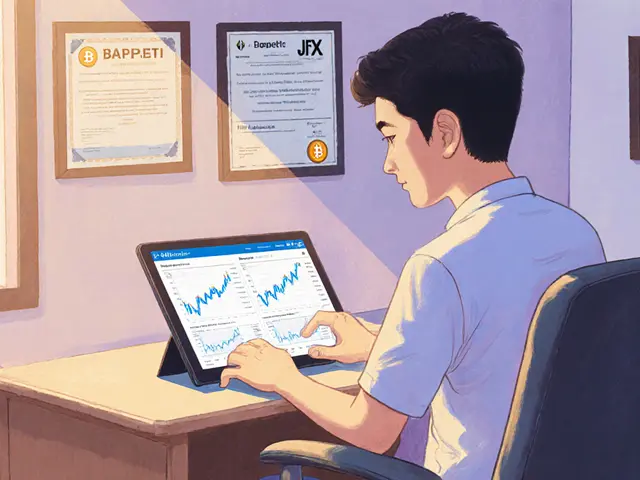Market Cycles: Why They Matter for Crypto & Stocks
When talking about market cycles, the repeating patterns of price rise and fall that affect any tradable asset, most people think only about stocks. In reality, the same rhythm hits crypto, tokens, and even airdrop hype. A typical cycle includes a bull market, a period of strong buying pressure and rising prices, followed by a bear market, a downturn where sellers dominate and values drop. The swing between these phases is often triggered by events like a crypto halving, an automated reduction in block rewards that tightens supply or shifts in market sentiment, the collective mood of traders that can accelerate or blunt price moves. Understanding these pieces helps you see why a token launch, a regulatory change in Iraq, or a surge in Nigerian crypto adoption can start a new cycle.
One of the biggest misconceptions is that cycles are random. In fact, market cycles follow three core forces: supply changes, demand shifts, and external catalysts. Supply changes include things like token burns, new coin emissions, or the halving events mentioned earlier. Demand shifts come from user adoption—think of how Nigeria’s crypto boom or the UAE’s rise as a crypto hub spikes buying interest. External catalysts are regulatory moves, such as Iraq’s crypto ban or Sweden’s tax changes, which can flip sentiment overnight. When you line up these forces, the pattern becomes clearer: a bullish wave builds as demand outpaces supply, then a bearish correction kicks in when supply catches up or sentiment sours.
What Drives the Rise and Fall of Crypto Prices?
First, look at adoption metrics. Articles in our collection, like the deep dive on Nigeria’s crypto adoption, show that a growing user base adds real buying pressure. Second, watch regulatory headlines—any new ban, like the one in Bangladesh, or a favorable licensing framework in the UAE, can either stall or supercharge a cycle. Third, technical events such as a token’s halving (Bitcoin’s 2024 halving is a classic example) act as supply shocks that often precede a bull run. Finally, market sentiment is captured by social trends, airdrop excitement, or even fear of missing out after a big price spike. Each of these triggers a sub‑cycle that feeds into the larger market cycle.
Our tag page pulls together pieces that illustrate these dynamics. You’ll find a guide on OSEAN’s yacht‑token model, which shows how an innovative use‑case can spark a mini‑bull phase within a niche market. There’s also a look at the REV3AL token’s staking rewards, a glimpse at how reward structures can keep investors in during a bear stretch. The Iraq ban article explains how a sudden regulatory shock can reset sentiment and push a market into correction. Finally, the stablecoin use‑case piece highlights how low‑volatility assets can act as safe‑havens during bearish periods, creating a “flight to stability” sub‑cycle.
Putting all this together, you can think of market cycles as a layered puzzle. The big picture is the bull‑bear swing, but each piece—adoption, regulation, tokenomics, halving—adds its own shape. When you recognize which piece is moving, you can spot the next phase earlier and position yourself accordingly. Whether you’re hunting for the next airdrop, evaluating a new token, or just watching global crypto news, keeping an eye on these drivers will help you navigate the ups and downs.
Below you’ll see a curated list of articles that break down each of these factors in plain language. From token-specific guides to macro‑level regulatory analyses, the posts give you practical angles to apply the market‑cycle framework to real‑world decisions. Dive in and see how the cycles play out across different assets and regions.

Explore how optimism, fear, greed, and loss aversion shape bull and bear markets, learn key biases, and get practical tips to keep emotions out of your investment decisions.
Jonathan Jennings Apr 13, 2025




